Ski Racing: Railroad Tracks
When racers free-ski on groomed snow outside a course, their skis usually leave parallel tracks. These "railroad tracks" require that their skis be equally edged relative to the surface, which in turn requires some technical and athletic skill. The best racers can leave these tracks on even the steepest slopes at any speed, even when the surface is much harder than groomed packed powder. Novice racers and even would-be old racers strive to make these tracks.
On a race courser, making railroad tracks is harder, because the gates determine the band in which, as a matter of physics, a turn must take place if a racer is to make the next gate without error, and also because the dynamics of skiing athletically can interfere with the technical requirements (stance, balance) for making parallel tracks. And steepness and surface firmness play a much bigger role on courses. Short-radius turns, as on slalom courses, increase the challenge, even though slalom skis are optimized for short turn radiuses. Making parallel tracks may not be the fastest way to ski a given turn or to maximize speed through a portion of a course, depending on all the usual variables, such as course set, terrain, and surface conditions, but in general the goal is to make the cleanest, most-frictionless turns, and that usually translates to making railroad tracks on course.
One of the treats of watching groups of racers free ski a hill is seeing the clean arcs of their parallel tracks in the snow, lines scribed by their equally edged skis. Free-skiing racers usually make this look completely effortless. Watching skilled racers on course is also a treat. That is especially so when surface conditions are formidably firm and challenging, and absolute skiing perfection is rarely achieved.
Racers here carve arcs with equally edged skis; the race surface shows the parallel arcs left by earlier racers. Conditions here are firmer than packed powder, but don't approach the injected surfaces used at the highest levels.
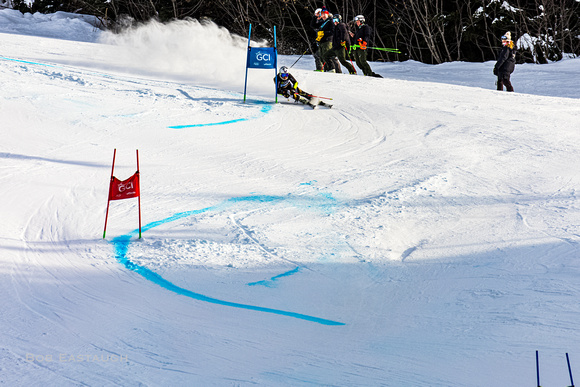 0M0A4559-2
0M0A4559-2
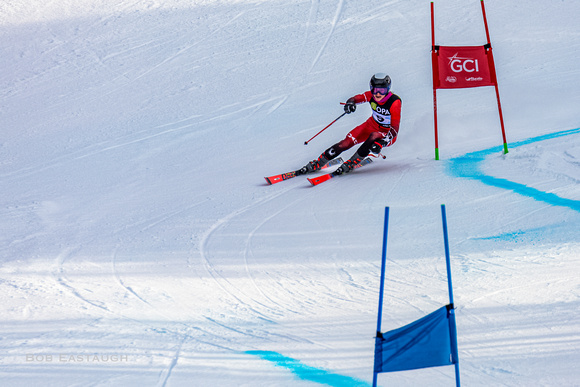 0M0A4283-2
0M0A4283-2
 0M0A7536
0M0A7536
Even in seriously undesirable soft-snow slalom race conditions, racers strive to make equally edged turns most of the time. Photo conditions here make it hard to discern the railroad tracks.
 0M0A4330-2-Enhanced-NR-3
0M0A4330-2-Enhanced-NR-3
There are many exceptions, when the course set or terrain require something else, such as in transitions between turns and in slalom hairpins and flushes. Or when a bump between gates unweights a skier (as in the second photo below, of a skilled young junior). But even unweighted, the skis are likely to remain equally edged and the racer's balance permits resumption of arcs in the snow as much as possible.
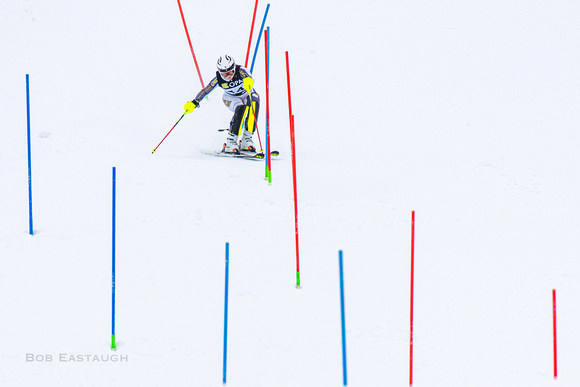 0M0A0213-2
0M0A0213-2
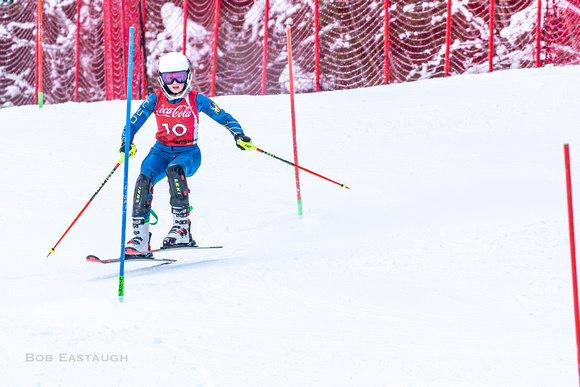 untitled-0M0A3361-Enhanced-NR
untitled-0M0A3361-Enhanced-NR
This three-gate sequence shows what is sometimes needed as a very skilled college racer (Hunter Eid) progresses from one carved turn to the next.
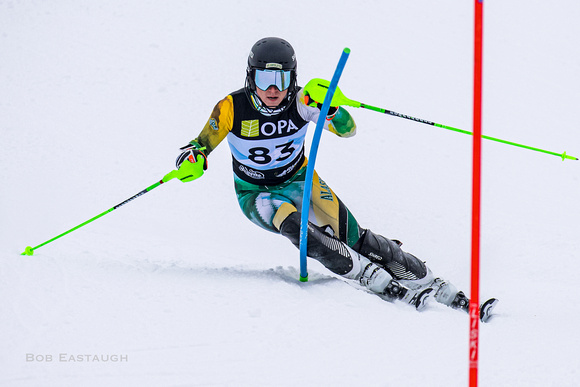 0M0A3761
0M0A3761
 0M0A3773
0M0A3773
 0M0A3775
0M0A3775
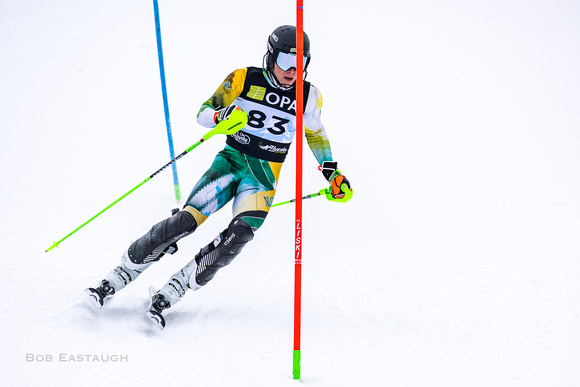 0M0A3777
0M0A3777
 0M0A3782
0M0A3782
 0M0A3804
0M0A3804
And sometimes, racers just do whatever is needed to stay on the best (closest-to-ideal, given the conditions, the course set, and their skill) line, including skiing on the outside edge of the inside ski.
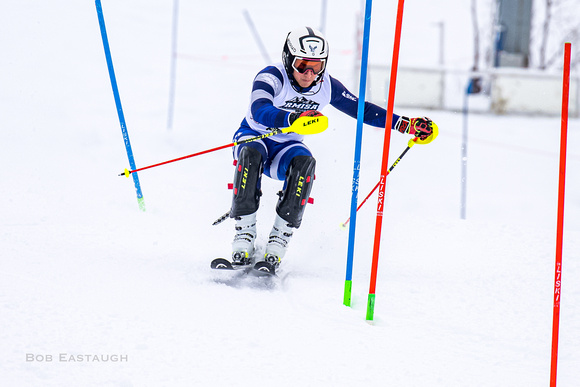 0M0A5200
0M0A5200
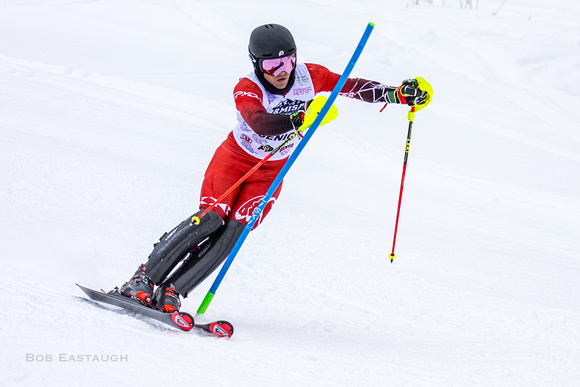 0M0A5561-2
0M0A5561-2
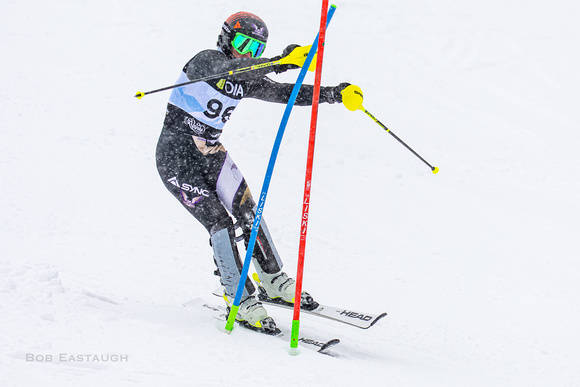 0M0A6195
0M0A6195
Comments


After a lifetime of mainly expressing myself with words, my postings here will mainly rely on images. They will speak for themselves to some extent, but I'll usually add a few comments of explanation. I've taken photographs for decades, since the 1950's, inspired in part by my father's photographic skill. Four years of photo assignments and quality darkroom time eventually gave way to decades of casual and family picture-taking. I re-immersed myself when I left film and turned to digital.